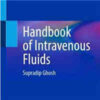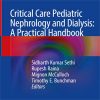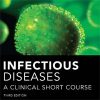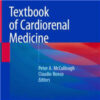Lessons Learned From the First 50 COVID-19 Critical Care Transfer Missions
sjtrem.biomedcentral.comCritically ill COVID-19 patients have highly complex medical needs during transport. Critical care transfer of COVID-19-positive patients by civilian HEMS services, including air transfer, can be achieved safely with specific planning, protocols and precautions. Regional planning of COVID-19 critical care transfers is required to optimise the time available of critical care transfer teams.
We present a pragmatic review of the first 50 COVID-19 transfers undertaken by Air Ambulance Kent Surrey Sussex and highlight key lessons learned that would be useful to other EMS services tasked with setting up such a service.
We describe key elements of the critical care transfer service, including coordination and activation; case interrogation; workforce; training; equipment; aircraft modifications; human factors and clinical governance.
A total of 50 missions are described between 18 December 2020 and 1 February 2021.
94% of the transfer missions were conducted by road. The mean age of these patients was 58 years (29–83). 30 (60%) were male and 20 (40%) were female.
The mean total mission cycle (time of referral until the time team declared free at receiving hospital) was 264 min (range 149–440 min).
The mean time spent at the referring hospital prior to leaving for the receiving unit was 72 min (31–158).
The mean transfer transit time between referring and receiving units was 72 min (9–182).

















